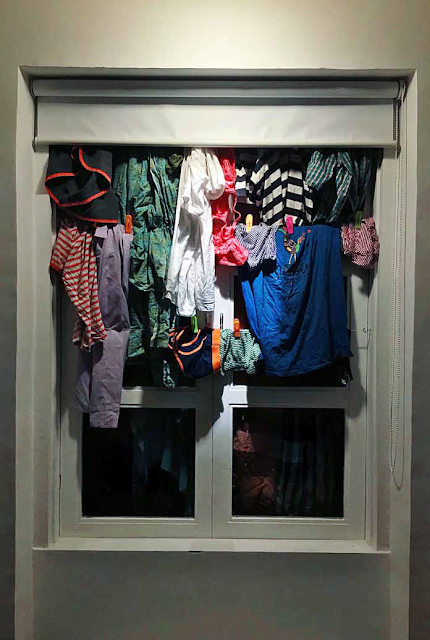Director General’s Note
We are honoured to host Santati, an exposition that is a tribute to 150 years of
Mahatma Gandhi, through art.
Santati aims to interpret Gandhi’s ideas through minds engaged in design, art,
architecture, textiles and literature. Through their works, they seek to keep
alive and spread the great visionary’s timeless ideas of one love, one truth, one
world.
In this first of its kind coming together, Santati sends out a pertinent message
to a world seeking answers for its dilapidating environment and crumbling
systems.
The participants intend to amalgamate the philosophy of Mahatma Gandhi with weaving, architecture, canvases and installations to portray its progressive and malleable nature. Their works delve into a mind that has inspired minds across the world for generations. I would like to congratulate Ms.Lavina Baldota, Director, AbherajBaldota Foundation, for collaboratingwith the National Gallery of Modern Art (NGMA), Mumbai to put up a stupendous exhibition on such a momentous occasion.
I also take this opportunity to thank all the individuals and institutions that have come together to pay a fitting tribute to Gandhiji. May I also mention here that the NGMA has put up masterpieces from its enviable collection to commemorate the occasion.
I would also wish to specially thank Shri Kishore Jhunjhunwala – a collector of Gandhi memorabilia, numismatist and a philatelist par excellence – for loaning his priceless Gandhian collection for this exhibition. I would also like to appreciate the sincere efforts of Shri Vilas Shinde, Chairperson, Advisory Committee of NGMA, Mumbai,
Professor Vishwanath D. Sable, Dean, Sir J. J. School of Art, Mumbai and Ms.Anita Rupavataram, Director, NGMA, Mumbai and the entire NGMA team for their tireless efforts and perseverance, without which this exhitbition would not have been possible. I wish this exhibition all the success. Adwaita Charan Garanayak Director General National Gallery of Modern Art
The participants intend to amalgamate the philosophy of Mahatma Gandhi with weaving, architecture, canvases and installations to portray its progressive and malleable nature. Their works delve into a mind that has inspired minds across the world for generations. I would like to congratulate Ms.Lavina Baldota, Director, AbherajBaldota Foundation, for collaboratingwith the National Gallery of Modern Art (NGMA), Mumbai to put up a stupendous exhibition on such a momentous occasion.
I also take this opportunity to thank all the individuals and institutions that have come together to pay a fitting tribute to Gandhiji. May I also mention here that the NGMA has put up masterpieces from its enviable collection to commemorate the occasion.
I would also wish to specially thank Shri Kishore Jhunjhunwala – a collector of Gandhi memorabilia, numismatist and a philatelist par excellence – for loaning his priceless Gandhian collection for this exhibition. I would also like to appreciate the sincere efforts of Shri Vilas Shinde, Chairperson, Advisory Committee of NGMA, Mumbai,
Professor Vishwanath D. Sable, Dean, Sir J. J. School of Art, Mumbai and Ms.Anita Rupavataram, Director, NGMA, Mumbai and the entire NGMA team for their tireless efforts and perseverance, without which this exhitbition would not have been possible. I wish this exhibition all the success. Adwaita Charan Garanayak Director General National Gallery of Modern Art




















